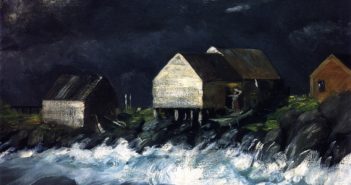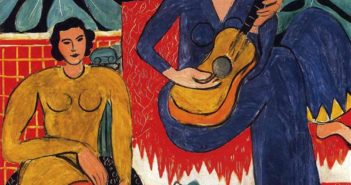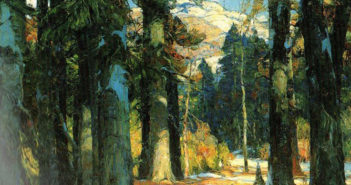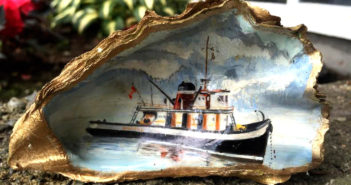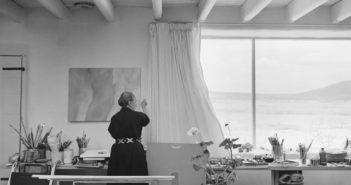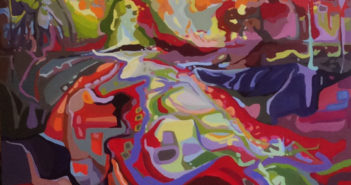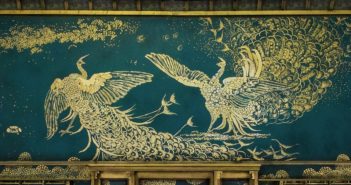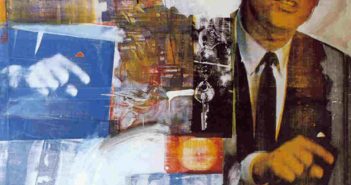
Going pro
Steve Koch of Clackamas, Oregon wrote, “Wondering if you might write on what it takes to go from being an amateur to being a professional. My dad was an independent businessman — if he didn’t get going, it wouldn’t get done. How to break the glass ceiling from one level to another? I know it’s not just “hard work” — ‘cause I have been doing that all my life. I was just introduced to Steven Pressfield’s book, “Turning Pro,” but I believe it was written for writers. How about some advice for painters?”

